After long periods of lockdown and covid-19, here we are again talking about a disease related to the mid-east that has a “Dutch” in its name. What is it? Another pandemic to leave the health system devastated? No, it is deadlier. It is her to leave the international economies devastated.

What is a Dutch Disease?
The term “Dutch disease” refers to the negative consequences that can result from a rise in the value of a country’s currency. In simpler words, “Dutch disease” refers to the paradox that occurs when good news, such as the discovery of large oil reserves, harms a country’s overall economy.
Eventually, it comes down to this economic crisis: A decrease in the value of the domestic currency. Foreign investment may increase demand for the country’s currency, causing it to appreciate. The country’s exports in other industries will become more expensive as the domestic currency rises, while imports will become cheaper.
These factors, in the long run, may contribute to unemployment as manufacturing jobs migrate to lower-cost countries. Meanwhile, non-resource-based industries suffer as resource-based industries generate more wealth.

Fig: A brief overview of the term.
Over these economic impacts, is a basic question of how all of this started. What is the origin of this term? Is it the first time anything like this is happening? To discuss this in more detail let’s move to the next section.
Origin
Economists have long recognized that large resource discoveries can be harmful to economies in the long run, a phenomenon known as Dutch disease after the effects of the Netherlands’ North Sea gas discovery. The term “Dutch disease” was coined in 1977 by The Economist magazine. The newly discovered wealth and massive oil exports caused the value of the Dutch guilder to skyrocket, making Dutch exports of all non-oil products less competitive on the global market. Unemployment increased from 1.1% to 5.1%, while capital investment in the country fell.
The dutch disease is a phenomenon where the wealth of the country is not managed effectively and efficiently. Many countries around the world have experienced this syndrome, including but not limited to resource-rich commodity exporters. Although Dutch disease is commonly associated with the discovery of natural resources, it can occur as a result of any development that results in a large inflow of foreign currency, such as a sharp increase in natural resource prices, foreign assistance, or foreign direct investment. The Dutch disease model has been used by economists to investigate events such as the flow of American treasures into 16th-century Spain and gold discoveries in Australia in the 1850s.
Examples
Dutch Disease struck the United Kingdom in the 1970s, when the price of oil quadrupled, making it commercially feasible to excavate for North Sea oil off the coast of Scotland. Britain had become a net exporter of oil by the late 1970s, after previously being a net importer. Despite the fact that the value of the pound skyrocketed, the country experienced a recession as British workers started demanding higher wages and Britain’s other export markets became sluggish.
In 2014, economists in Canada reported that the inflows of capital associated with the enslavement of the nation’s oil sands may have resulted in a mispriced currency and decreased manufacturing competitiveness. Simultaneously, the Russian ruble was appreciated for similar reasons.

Fig: Graphs showing the wording conditions in Russia in 2016.
The price of oil fell significantly in 2016, and both the Canadian dollar and the Russian ruble were brought back to lower levels, allaying fears of Dutch disease in both countries.
Examples from the past point fingers at the current conditions of the middle-east. The picture seems to a take similar shape even now.
Condition of Middle-East
As we talk about middle east countries, also called MENA Countries, comprise Algeria, Bahrain, Egypt, Iran, Iraq, Israel, Jordan, Kuwait, Lebanon, Libya, Morocco, Oman, Qatar, Saudi Arabia, Syria, Tunisia, United Arab Emirates, and Yemen.
The region is typically thought to consist of around 19 countries, but the definition can be expanded to include up to 27. The World Bank classifies MENA as 21 countries, and according to their 2020 population reports, the area represents about 6% of the world’s population.
The MENA region holds over half of the world’s oil reserves and two-fifths of the world’s natural gas reserves, according to OPEC data. MENA is an important source of international energy and economic resources due to the region’s significant petroleum and natural gas production.

Fig: Map for the MENA Countries.
The MENA region’s excessive on a single export earner, equivalent to the Dutch Disease spree, is particularly intriguing. A broad, but precise, the generalization would be that MENA countries have always relied on one or more export earners since independence, even before independence. While some relied on agriculture exports, tourism, and services, others relied on various natural resources discovered and later exported.
Whatever the source of income for any of these countries, it is this over-dependence that has hampered economic diversification and kept countries vulnerable to global market prices and international events.
For instance, Egypt and Sudan stopped exporting cotton and other agricultural products between the 20th and 21st centuries. While Sudan relied on oil exports to generate income and pay for government expenses, Egypt has expanded into the tourism and other service sectors. The latter’s Dutch Disease was short-lived and is primarily mirrored in a development strategy that was restricted to areas inside the borders of Khartoum.
Contrarily, Egypt, which relies heavily on tourism to generate foreign currency, went from being food self-sufficient before it had large cotton plantations in becoming completely vulnerable to increases in world food prices. Even though it is financially sound compared to a few years ago, the country is still far from having fully diversified sources of income.
MENA nations are currently at a crossroads in their economies. The main sources of foreign exchange are exports of agricultural products, oil, gas, remittances, and tourism. Even though a few nations have developed a variety of manufacturing sectors, those have experienced ups and downs depending on the performance of the primary exporter, with economic reforms being barely implemented and put off when the consequences could be more severe.
In addition, capital-intensive industries predominate in MENA countries’ revenue-generating sectors. In other words, they demand significant investments without necessarily generating sufficient employment for each dollar spent.
Even jobs generated in manufacturing and agriculture have not kept pace with those generated by other export-generating industries, with the number of jobs generated in agriculture declining further as urbanization rates rise. A few MENA nations have been stuck in the lower middle-income category for as long as anyone can remember when looking at the income status of the majority of MENA nations.
The same nations have maintained their status quo despite plans for economic development and diversification that were never fully carried out, with a few, like Algeria, reaching upper middle-income status as a result of their oil and gas exports.
Mitigating the Effect
Most assets in the Middle East are held by a small number of ultra-high-net-worth individuals. The region’s high concentration of wealth provides wealth management and private banking firms with a unique opportunity to service a small number of ultra-high net worth clients without incurring the costs of servicing a large number of clients. Furthermore, the region’s political uprisings are unlikely to slow the accumulation of wealth.
The MENA region’s wealth management industry has grown because of higher-than-average returns on oil investments. During this time, oil prices nearly doubled at their peak in 2008 before halving again around the same time. Global equity prices, on the other hand, did not fall as much. Oil had a 1.6 times higher standard deviation than equities. Higher standard deviations for oil prices, and thus income based on oil, imply that the Middle East’s wealthy require wealth managers who can help them navigate these uncertain waters. Because of these dramatic changes in the sources of Middle Eastern wealth — and relatively low returns on equities in global financial markets — Western broker-dealers are likely to enter Middle Eastern markets more vigorously, rather than waiting for the Middle East’s ultra-wealthy to arrive to them in Europe.
As the country is not suitable for sectors like agriculture and plantation because of the sand, the country has to utilize its excess wealth in some ways to reduce its over dependence on the oil industries. The shift in the investment patterns has pushed the MENA countries to invest in hefty ambitious projects to boost their economies once their oil reservoir is exhausted through tourism to balance out the Dutch disease effect. UAE, Qatar, and Saudi Arabia have all started focusing on this concept, spending billions of dollars on impressive projects and subsidizing Global Airlines to bring tourists into their cities, even if only for a brief stopover.
These mega project will cost nearly a trillion dollars and will provide no significant quality of life advancements over a traditional city that could be built for a tenth of the price. This is true because the Gulf States have very small native populations and, prior to selling oil, very limited capital. Additionally, their land is mostly inhospitable deserts, limiting their production potential. When they discovered oil on their land, the value of that land skyrocketed because it contained a highly sought-after source of energy, but the problems of a small unskilled workforce and limited capital resources remained untouched. Therefore, the problem came down to Gulf states inability to find enough workers to fill the employment created by the nation. Initially, the nation overcame this limitation by inviting the foreign oil countries to use their own capital and labor. However, those companies were only interested in doing this to produce oil, so while their economy grew, it became completely dependent on this one resource. Fortunately, the Gulf States received oil revenue, which is another form of capital. Unfortunately, regardless of how much the government invested in their country’s traditional. They would never be able to compete with oil production in any industry.
Before oil, Dubai was primarily a port for non-industrial fishing, and Saudi Arabia was largely composed of Bedouins with a tourist industry that relied almost entirely on pilgrimages to Mecca. The countries didn’t have regular businesses that they could develop out to compete with oil, so they had to build them from the ground up. Now, because oil is so profitable, there aren’t many modern sectors that can pragmatically compete with it.
However, Vacationers are not the top focus of these projects. The UAE, in particular, has stretched some fairly generous incentives to businesses to develop themselves in the country. Businesses bring workers, and workers spend money in the local economy on things ranging from housing to snack food. However, tax incentives alone are insufficient to entice the types of businesses that the Gulf States want to a region of the globe that most people associate with turmoil and war.
Even if that isn’t a completely fair judgement, industries need to see that they can earn profit before low tax rates matter, and that’s where these mega projects show up . Building something like the Palm German required the cooperation of hundreds of companies and millions of workers, and even after they’re finished, international hotel chains, real estate development companies, law firms, landscapers, and everything in between are required to keep these advancements looking fantastic. This creates an industry worth it for businesses to import their capital and labor into the country to take edge of once big businesses get established smaller service businesses can form around them and the country can quickly develop a vibrant business ecosystem. Where there seemed to be once only silt, big projects and the promise of even greater projects in the future is a very effective method to persuade companies to set up workplaces that will ideally operate long after the oil has dried up.
Closing words
To summarize, if a MENA country has environmental capital or not, MENA’s Dutch Disease has been its over-reliance on one or a few export earners. The limited revenues were funneled reluctantly to economic reforms that were not accompanied by a consistent basis. As a result, various countries remain stuck in various stages of development, as evidenced by their headstrong middle-income status.
This is in comparison to countries that began with a similar or lower economic base around the time of MENA’s independence but exceeded them by substantial economic strides in the absence of a natural resource base.
From an economist’s perspective, a learning curve for other countries would be how to avoid it. The two simplest ways to avoid it is by decelerating the domestic currency. Decelerating currency appreciation is a simpler and more feasible strategy for mitigating the effects of Dutch disease. It is sometimes possible to achieve this by leveling the spending of revenues earned from natural resource exports. The second would be the diversification of the economy. Diversification of the economy is an approach that can almost completely eliminate the negative economic impact of Dutch disease. Economic diversification can be accomplished by subsidizing laggard sectors of the economy or imposing tariffs to sustain domestic producers.
References:
- https://www.brookings.edu/blog/future-development/2017/10/31/dutch-disease-an-economic-illness-easy-to-catch-difficult-to-cure/
- https://corporatefinanceinstitute.com/resources/economics/dutch-disease/
- https://www.imf.org/en/Publications/fandd/issues/Series/Back-to-Basics/Dutch-Disease
- https://www.uio.no/studier/emner/sv/oekonomi/ECON4925/h08/undervisningsmateriale/DutchDisease.pdf
- https://www.kfw.de/PDF/Download-Center/Konzernthemen/Research/PDF-Dokumente-Volkswirtschaft-Kompakt/One-Pager-2014-EN/VK-Nr.-43-April-2014_EN.pdf
Editor, TJEF
Prachi Shree












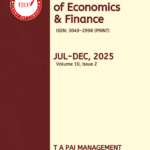
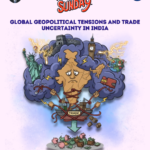


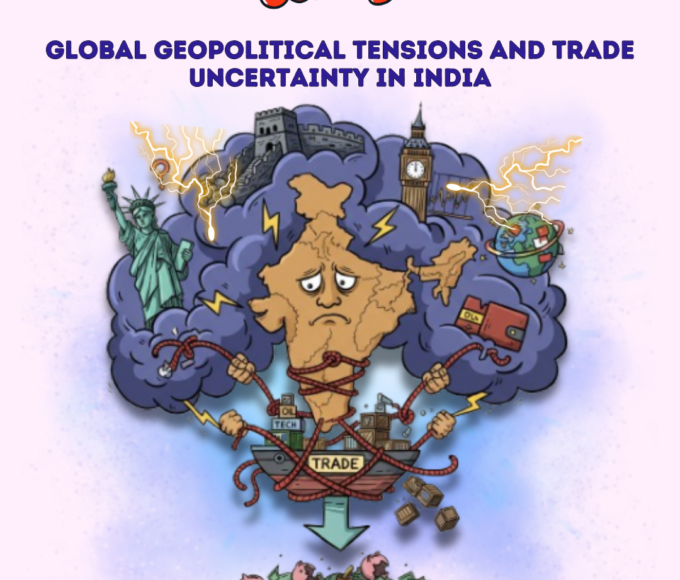
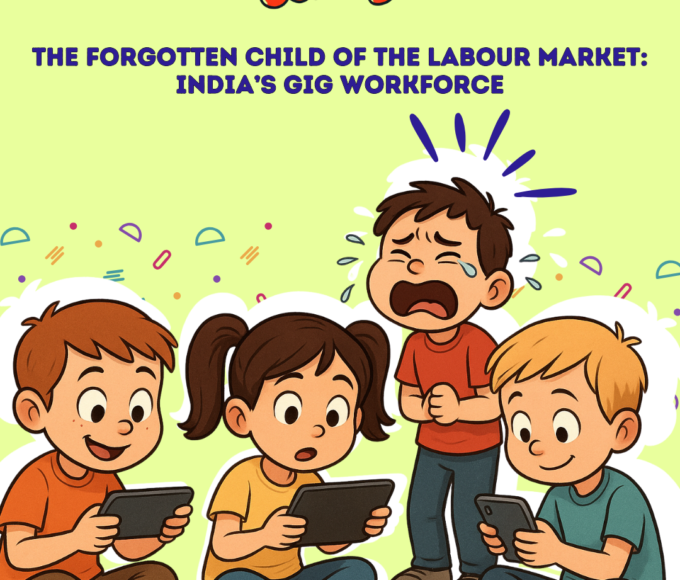
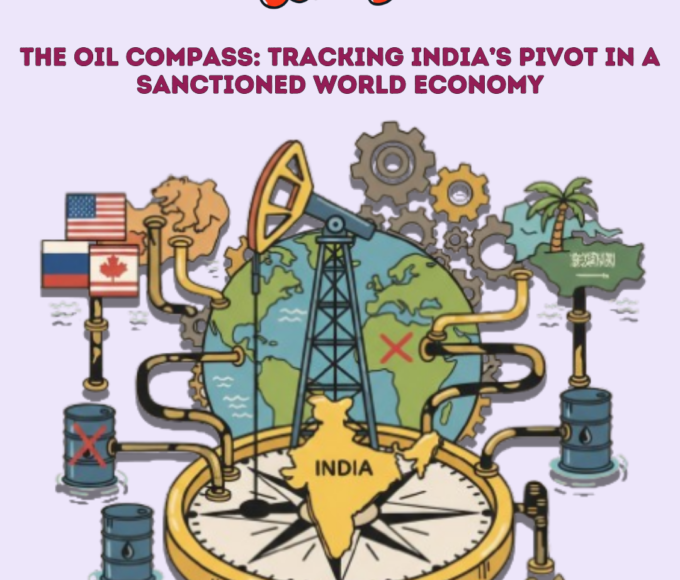
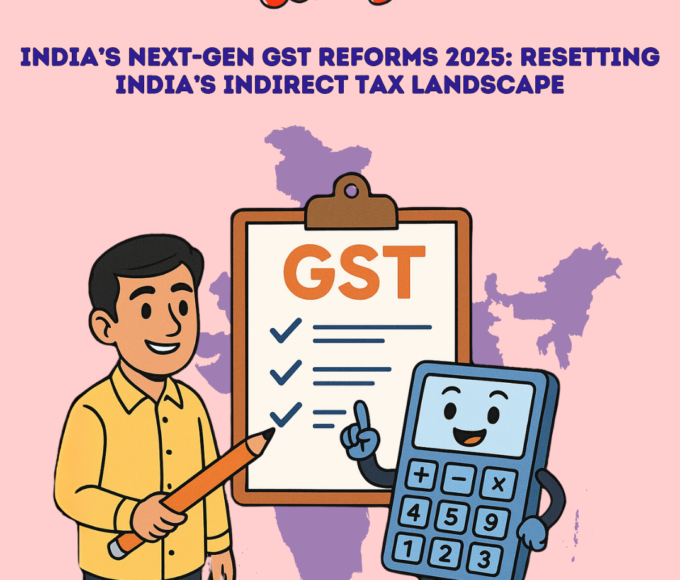
Leave a comment